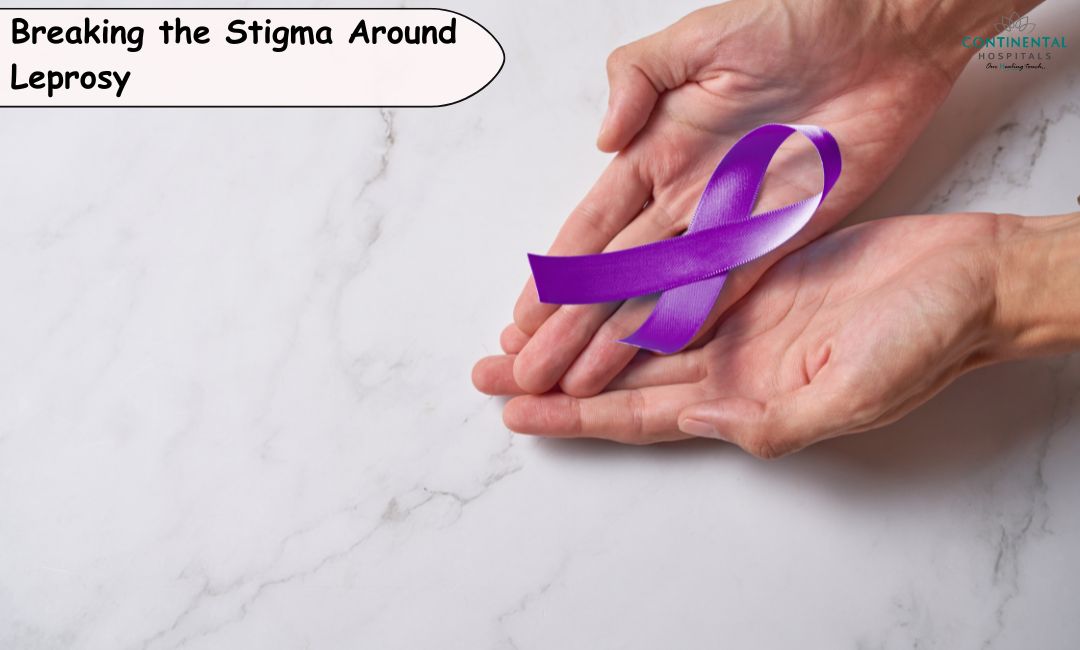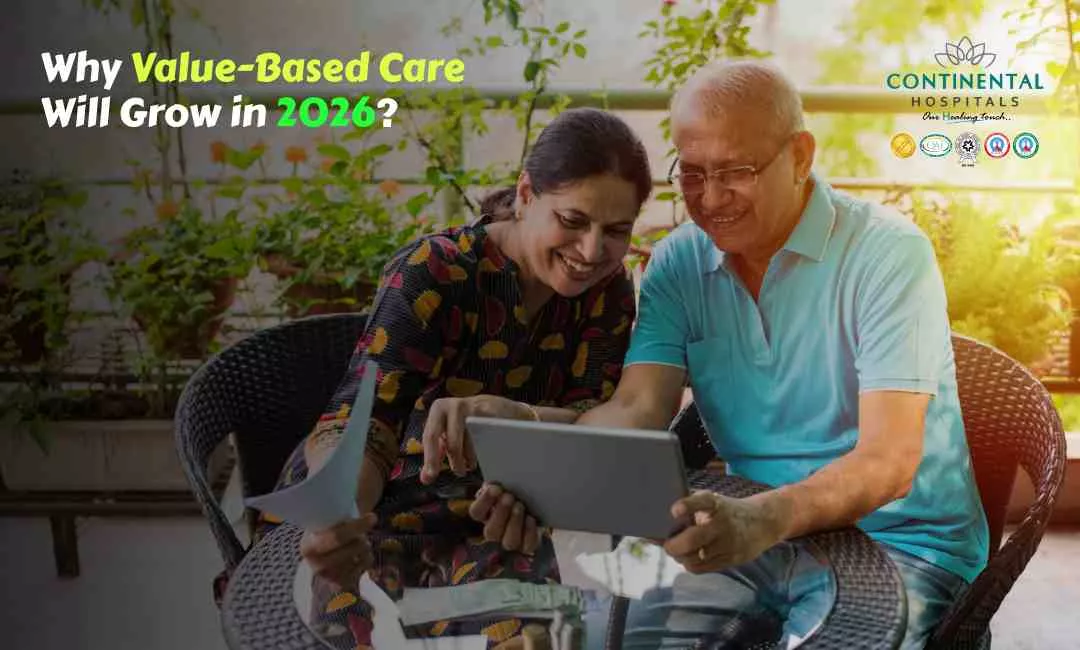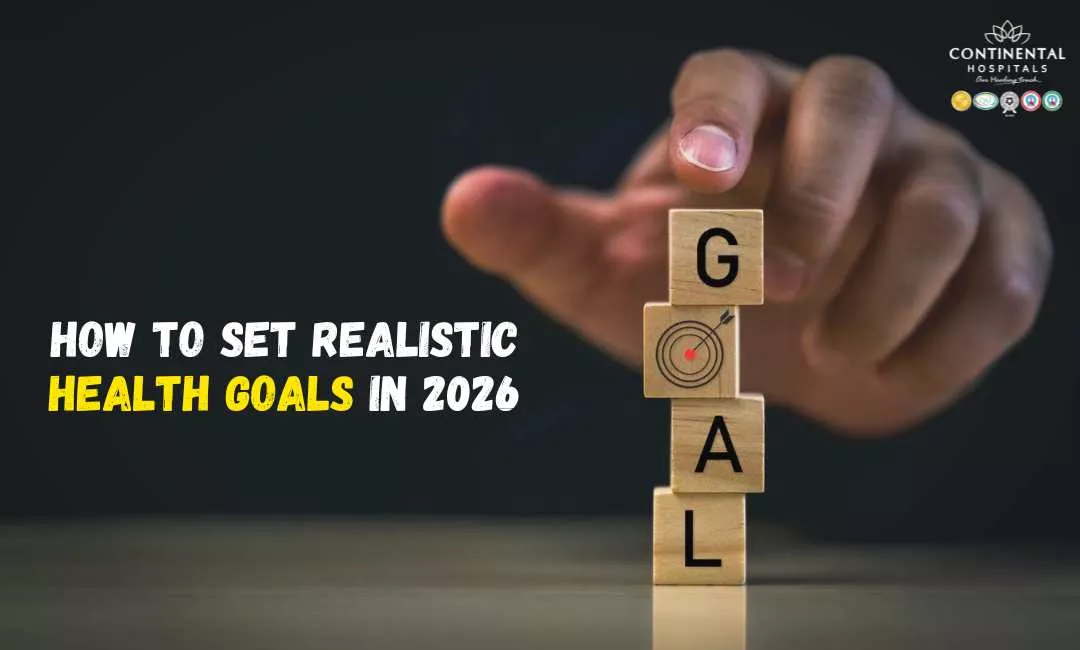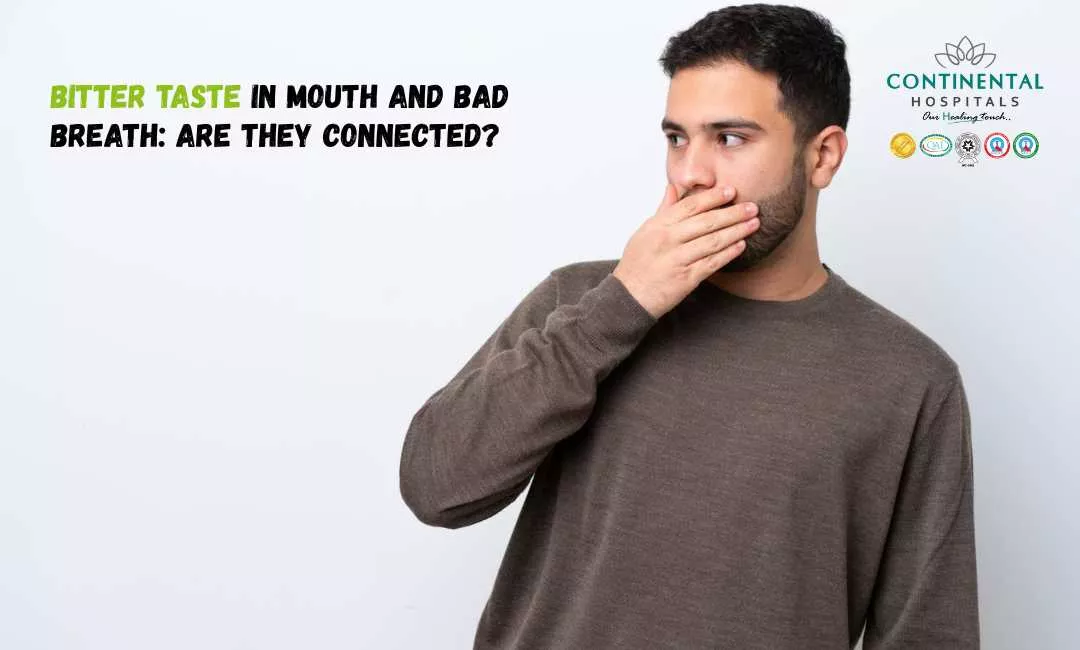For centuries, leprosy has been shrouded in fear, isolation, and devastating misconceptions. Even today, the very mention of the word evokes images of disfigurement, ostracization, and life relegated to the margins of society. However, in stark contrast to these outdated notions, leprosy is treatable, manageable, and with early diagnosis, completely preventable from causing disabilities.
The stigma surrounding leprosy, however, persists, casting a long shadow over the lives of those affected. This blog aims to break down these harmful misconceptions and pave the way for a future where understanding and acceptance triumph over fear and discrimination.
Debunking the Myths:
Myth: Leprosy is highly contagious.
Fact: Leprosy is actually not very contagious. It is transmitted through respiratory droplets, similar to the common cold or flu, but it requires prolonged, close contact with an untreated individual over an extended period for transmission to occur. Moreover, with early diagnosis and proper treatment, the risk of transmission decreases significantly.
Myth: Leprosy is a curse or punishment for sin.
Fact: Leprosy is a bacterial infection caused by Mycobacterium leprae. It has no relation to curses, punishments, or sins. Historically, this myth led to significant stigmatization of those affected by the disease.
Myth: Leprosy causes body parts to fall off.
Fact: Leprosy does not cause body parts to fall off. However, it can lead to nerve damage, especially in the extremities, which might result in injury due to lack of sensation. This can lead to secondary infections or injuries, but the disease itself does not cause body parts to detach.
Myth: Leprosy has no cure.
Fact: Leprosy is curable. Multi-drug therapy (MDT), a combination of antibiotics, is highly effective in treating leprosy. Early diagnosis and proper treatment can prevent the development of severe disabilities and stop the progression of the disease.
Myth: Leprosy only affects the skin.
Fact: While leprosy can cause skin lesions and changes, it primarily affects the nerves, skin, eyes, and the lining of the nose. It can lead to sensory loss in affected areas, which can result in injuries and secondary infections.
Myth: Leprosy is a disease of the past.
Fact: Leprosy still exists today, although it's much less common than in the past. According to the World Health Organization (WHO), there were over 200,000 new cases reported worldwide in 2020. Leprosy persists in some regions, particularly in tropical and subtropical areas, where poverty and limited access to healthcare contribute to its prevalence.
Myth: People with leprosy should be isolated or shunned.
Fact: There's no need to isolate or segregate people affected by leprosy. With early diagnosis and proper treatment, patients become non-infectious and can continue with their normal lives. Social inclusion and support are crucial in combating the stigma associated with the disease.
Beyond the Myths: The Human Cost of Stigma
The stigma surrounding leprosy has far-reaching consequences, impacting the lives of patients in profound ways. It can lead to:
Loss of social support and relationships: Fear and misinformation often lead to ostracization, preventing people with leprosy from participating in community activities and maintaining meaningful relationships.
Denial of education and employment opportunities: The stigma associated with leprosy can make it difficult for individuals to access education and find employment, further marginalizing them and hindering their economic independence.
Psychological distress and mental health issues: The constant fear of discrimination and social rejection can take a toll on mental health, leading to anxiety, depression, and low self-esteem.
Building Bridges of Understanding and Acceptance:
Building bridges of understanding and acceptance in the context of leprosy requires a multifaceted approach that focuses on education, empathy, and destigmatization. Education plays a pivotal role in dispelling myths and misconceptions surrounding leprosy, fostering a deeper understanding of the disease's causes, symptoms, and modes of transmission. By providing accurate information through public awareness campaigns, workshops, and educational programs, society can combat the fear and discrimination often associated with leprosy, thereby fostering a more inclusive environment where individuals affected by the disease are accepted and supported.
Moreover, cultivating empathy is essential in building bridges of understanding. Encouraging open discussions and sharing personal stories can humanize the experiences of those living with leprosy, fostering compassion and empathy within communities. Empowering individuals affected by leprosy to share their narratives helps break down barriers and challenges preconceived notions, leading to increased acceptance and support from the broader society. Initiatives that promote inclusion and opportunities for individuals affected by leprosy to participate actively in social, economic, and cultural aspects further contribute to building bridges of understanding and acceptance, fostering a more compassionate and inclusive society for all.
A Future Free from Stigma:
By dismantling the walls of prejudice and misinformation, we can create a future where leprosy is seen for what it truly is: a treatable and manageable disease. By embracing inclusivity and understanding, we can ensure that those affected by leprosy can live with dignity, respect, and access to the same opportunities as everyone else. Let us remember, that leprosy is not the person; the stigma is.
It is time to break the chains of stigma and build a world where compassion and acceptance prevail. Together, we can rewrite the narrative surrounding leprosy and ensure that everyone, regardless of their health status, can live a life of fulfillment and belonging.
.webp)














